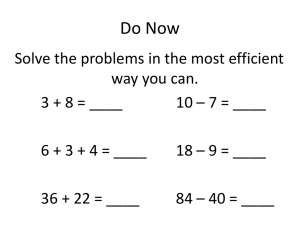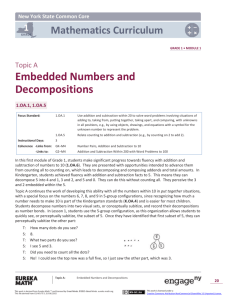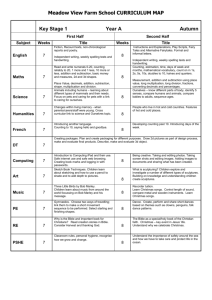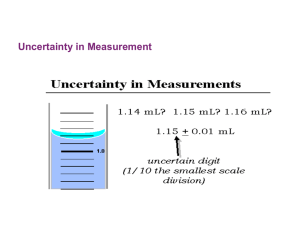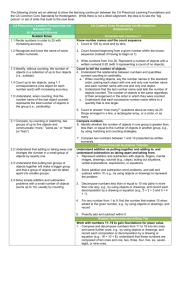501.33 KB - EngageNY
advertisement
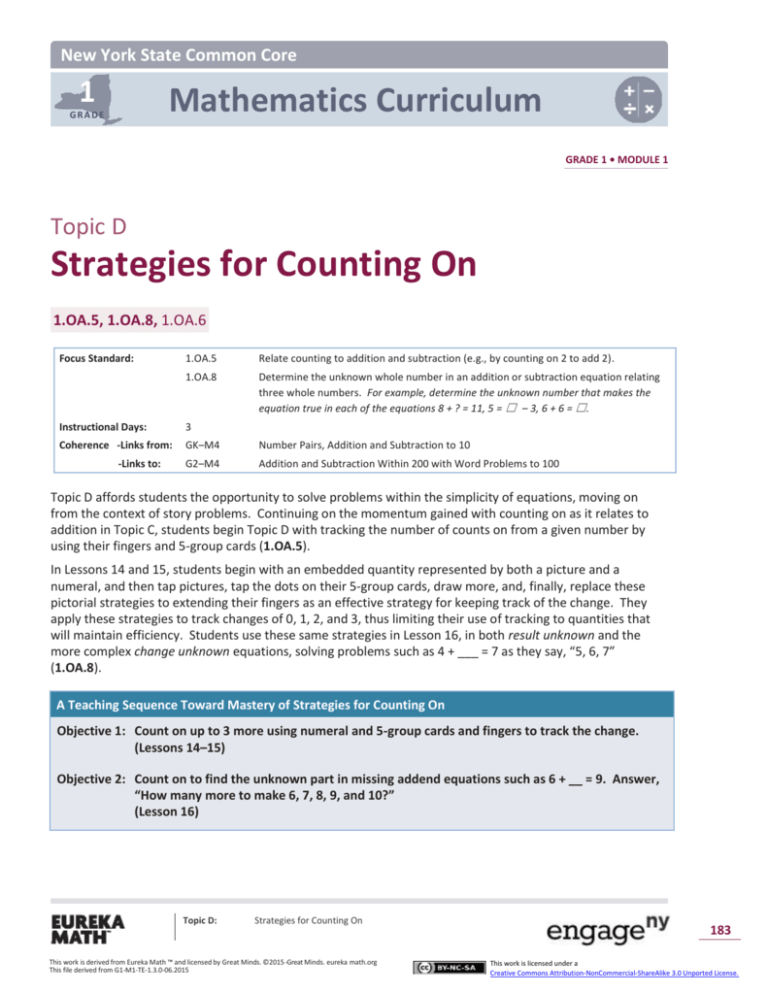
New York State Common Core 1 Mathematics Curriculum GRADE GRADE 1 • MODULE 1 Topic D Strategies for Counting On 1.OA.5, 1.OA.8, 1.OA.6 Focus Standard: 1.OA.5 Relate counting to addition and subtraction (e.g., by counting on 2 to add 2). 1.OA.8 Determine the unknown whole number in an addition or subtraction equation relating three whole numbers. For example, determine the unknown number that makes the equation true in each of the equations 8 + ? = 11, 5 = ☐ – 3, 6 + 6 = ☐. Instructional Days: 3 Coherence -Links from: GK–M4 Number Pairs, Addition and Subtraction to 10 G2–M4 Addition and Subtraction Within 200 with Word Problems to 100 -Links to: Topic D affords students the opportunity to solve problems within the simplicity of equations, moving on from the context of story problems. Continuing on the momentum gained with counting on as it relates to addition in Topic C, students begin Topic D with tracking the number of counts on from a given number by using their fingers and 5-group cards (1.OA.5). In Lessons 14 and 15, students begin with an embedded quantity represented by both a picture and a numeral, and then tap pictures, tap the dots on their 5-group cards, draw more, and, finally, replace these pictorial strategies to extending their fingers as an effective strategy for keeping track of the change. They apply these strategies to track changes of 0, 1, 2, and 3, thus limiting their use of tracking to quantities that will maintain efficiency. Students use these same strategies in Lesson 16, in both result unknown and the more complex change unknown equations, solving problems such as 4 + ___ = 7 as they say, “5, 6, 7” (1.OA.8). A Teaching Sequence Toward Mastery of Strategies for Counting On Objective 1: Count on up to 3 more using numeral and 5-group cards and fingers to track the change. (Lessons 14–15) Objective 2: Count on to find the unknown part in missing addend equations such as 6 + __ = 9. Answer, “How many more to make 6, 7, 8, 9, and 10?” (Lesson 16) Topic D: Strategies for Counting On This work is derived from Eureka Math ™ and licensed by Great Minds. ©2015 -Great Minds. eureka math.org This file derived from G1-M1-TE-1.3.0-06.2015 183 This work is licensed under a Creative Commons Attribution-NonCommercial-ShareAlike 3.0 Unported License.


